Species
Already know what you're looking for?

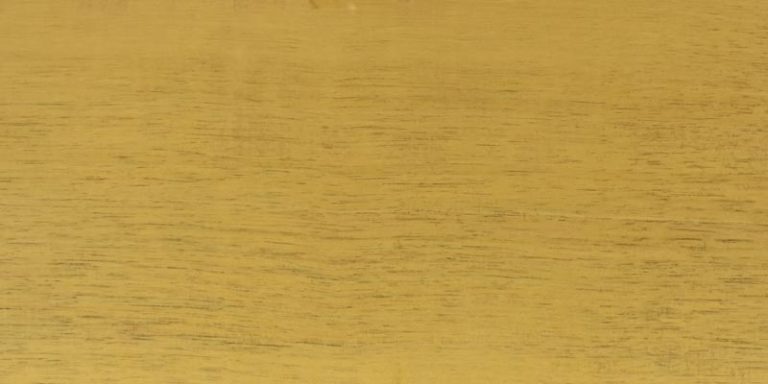
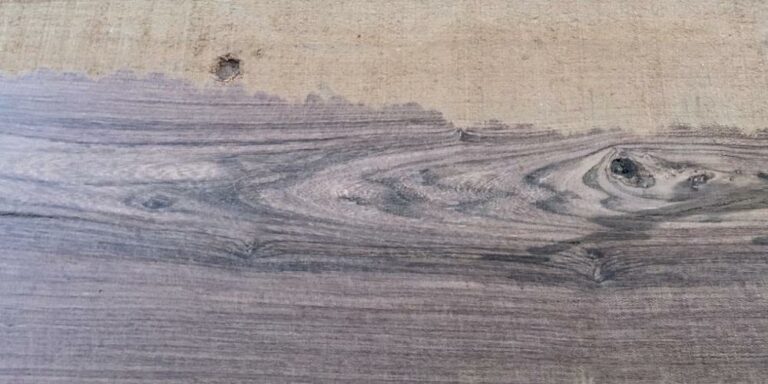
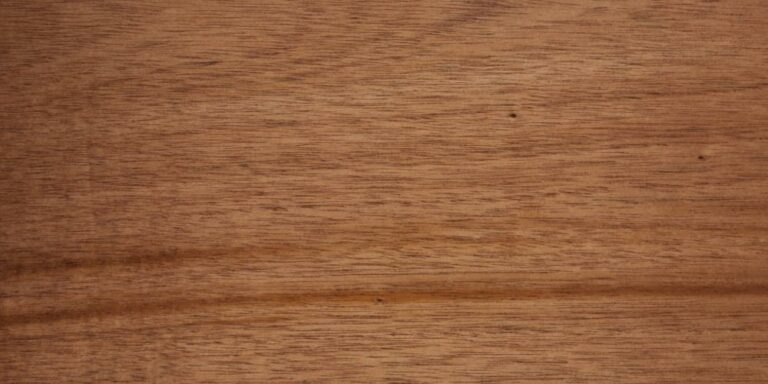





boatbuilding, cabinetry, flooring, furniture, specialty items, turnings, utility lumber, veneer
Detail
Common Uses

Detail
Common Uses


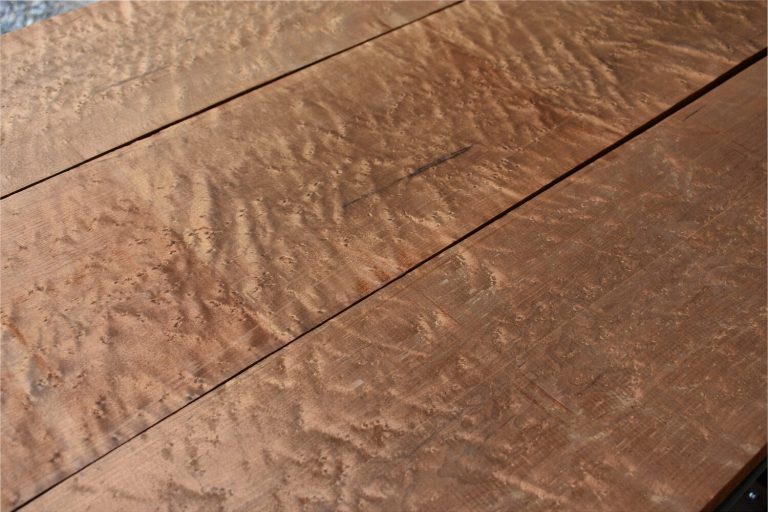
bandings, crafting, fine furniture, flooring, knife handles, lutherie, musical Instruments, specialty items
Detail
Common Uses

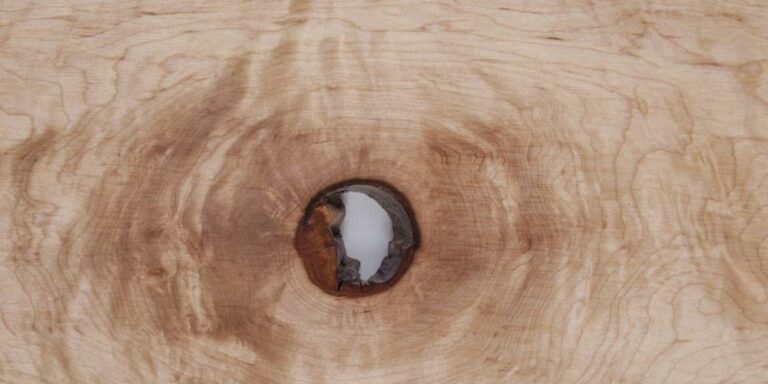

boxmaking, cabinetry, furniture, interior panelling, knife handles, lutherie, musical Instruments
Detail
Common Uses



fine furniture, flooring, interior panelling, lutherie, musical Instruments, specialty items
Detail
Common Uses
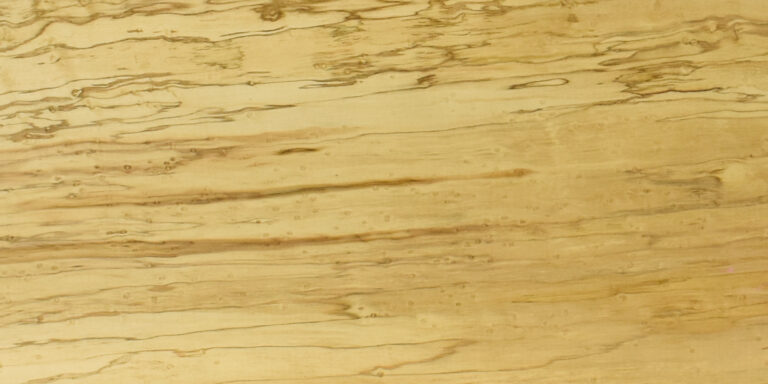


carving, construction, fencing, flooring, furniture, turnings, utility lumber
Detail
Common Uses

cabinetry, flooring, furniture, lutherie, musical Instruments, specialty items, turnings, veneer
Detail
Common Uses

